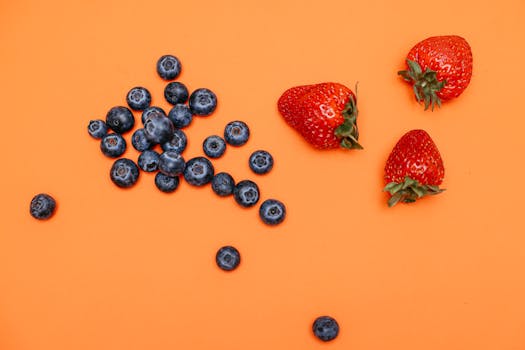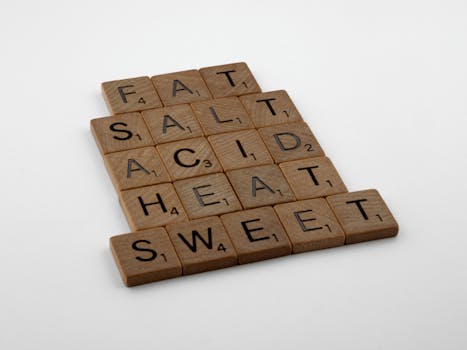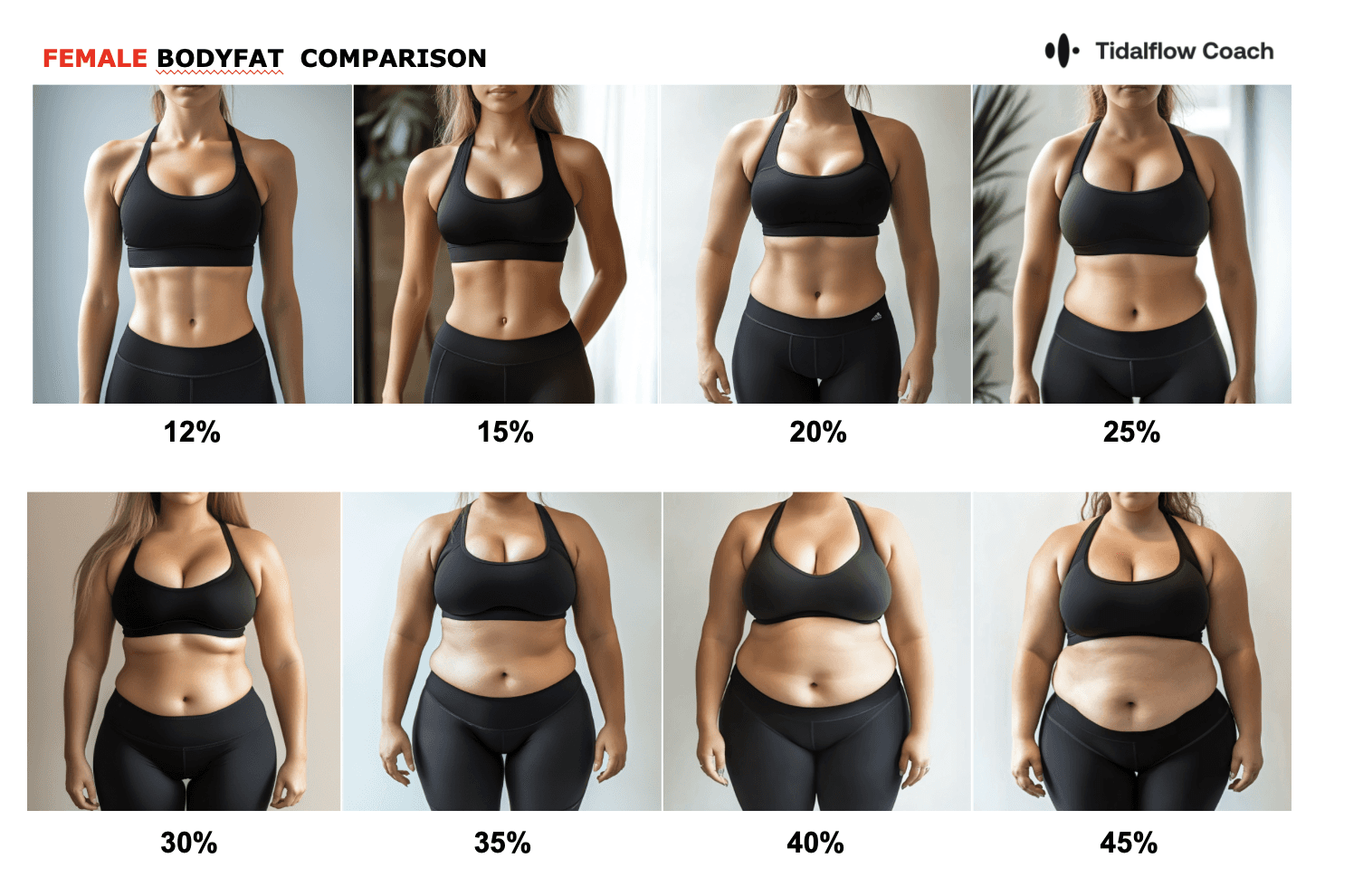Carb Cycling Explained: Benefits, Plans & How to Start
Oct 3, 2024
In the ever-evolving world of nutrition and fitness, carb cycling has emerged as a popular strategy for those looking to optimize their body composition, athletic performance, and overall health. This flexible approach to carbohydrate consumption has gained traction among athletes, bodybuilders, and fitness enthusiasts alike. But what exactly is carb cycling, and how can it benefit you? Let's dive into the details of this intriguing dietary method.
What is Carb Cycling?
Carb cycling is a nutritional approach that involves strategically alternating between high-carb, moderate-carb, and low-carb days or periods. The primary goal is to manipulate carbohydrate intake to optimize various physiological processes, including fat burning, muscle growth, and hormonal balance.
Unlike strict low-carb diets that maintain a consistently low carbohydrate intake, carb cycling allows for periods of higher carb consumption. This approach is based on the idea that the body responds differently to carbohydrates depending on various factors such as activity level, muscle glycogen stores, and hormonal state.
How Does Carb Cycling Work?
The theory behind carb cycling is rooted in the body's response to carbohydrate intake. Here's a simplified breakdown of the process:
On high-carb days, the increased carbohydrate intake replenishes muscle glycogen stores, which can enhance exercise performance and support muscle growth.
On low-carb days, the reduced carbohydrate intake may help improve insulin sensitivity and encourage the body to burn fat for fuel.
By alternating between these states, carb cycling aims to optimize both fat loss and muscle gain, while potentially avoiding some of the downsides associated with long-term low-carb diets, such as decreased metabolism or hormonal imbalances.
Is Carb Cycling Good for Fat Loss?
Many people turn to carb cycling as a strategy for fat loss, and there's some evidence to suggest it can be effective. Here's why:
Calorie Control: Carb cycling often naturally leads to calorie cycling, which can create an overall calorie deficit necessary for fat loss.
Metabolic Flexibility: By alternating between high and low-carb days, your body may become more efficient at switching between carbohydrates and fats for fuel.
Hormonal Benefits: The periodic high-carb days can help maintain levels of leptin, a hormone that plays a crucial role in regulating metabolism and hunger.
Psychological Benefits: The flexibility of carb cycling can make it easier to stick to compared to more restrictive diets, potentially leading to better long-term adherence.
However, it's important to note that while carb cycling can be an effective tool for fat loss, it's not inherently superior to other calorie-controlled diets. The most effective diet for fat loss is one that you can stick to consistently over time.
What is an Example of Carb Cycling?
A typical carb cycling plan might look something like this:
Monday (High Carb): 200-300g carbs (Training day)
Tuesday (Low Carb): 50-100g carbs (Rest day)
Wednesday (Moderate Carb): 100-200g carbs (Light training day)
Thursday (High Carb): 200-300g carbs (Training day)
Friday (Low Carb): 50-100g carbs (Rest day)
Saturday (High Carb): 200-300g carbs (Training day)
Sunday (Low Carb): 50-100g carbs (Rest day)
This is just one example, and the specific carb amounts and cycling pattern can be adjusted based on individual needs, goals, and activity levels.
What are the Rules for Carb Cycling?
While carb cycling is a flexible approach, there are some general guidelines to follow:
Maintain Protein Intake: Protein intake should remain consistent across all days to support muscle maintenance and growth.
Adjust Fat Intake: Fat intake is typically inversely related to carb intake. On high-carb days, fat intake is lower, and on low-carb days, fat intake is higher.
Time Carbs Around Workouts: On training days, consume the majority of your carbs before and after your workouts to support performance and recovery.
Focus on Quality: Choose complex, nutrient-dense carbohydrates like whole grains, fruits, and vegetables over refined carbs and sugars.
Stay Hydrated: Proper hydration is crucial, especially as carb intake fluctuates, as this can affect water retention.
Listen to Your Body: Pay attention to how you feel and perform on different carb intake days and adjust as necessary.
What are the Disadvantages of Carb Cycling?
While carb cycling can be an effective strategy for many, it's not without potential drawbacks:
Complexity: Carb cycling requires more planning and tracking than simpler dietary approaches, which can be challenging for some people.
Potential for Overeating: The high-carb days can lead to overeating if not properly controlled, potentially negating the benefits of the low-carb days.
Short-Term Water Weight Fluctuations: Changes in carb intake can cause fluctuations in water weight, which might be frustrating for those focused on scale weight.
Potential for Disordered Eating: The focus on manipulating macronutrients could potentially lead to an unhealthy relationship with food for some individuals.
Lack of Long-Term Research: While the mechanisms behind carb cycling are sound, there's limited long-term research on its effects compared to other dietary approaches.
What Foods Should You Avoid When Carb Cycling?
While carb cycling doesn't inherently prohibit any foods, it's generally recommended to focus on nutrient-dense options and limit or avoid:
Refined Sugars: Candy, soda, and other high-sugar foods that provide little nutritional value.
Processed Foods: Many packaged snacks and convenience foods are high in unhealthy fats and added sugars.
Alcohol: Alcoholic beverages can interfere with fat burning and are often high in empty calories.
White Bread and Pastries: These refined carbohydrates can cause rapid spikes in blood sugar.
Fried Foods: These are typically high in unhealthy fats and calories.
Instead, focus on whole foods like lean proteins, fruits, vegetables, whole grains, and healthy fats.
What Happens if You Eat No Carbs for a Week?
Completely eliminating carbs for a week, also known as a zero-carb diet, can lead to several physiological changes:
Initial Water Weight Loss: You may see a significant drop in scale weight due to loss of water weight.
Ketosis: Your body may enter a state of ketosis, where it primarily burns fat for fuel.
Potential Energy Dips: You might experience fatigue or decreased exercise performance, especially during high-intensity activities.
Possible Mood Changes: Some people report irritability or brain fog when first eliminating carbs.
Reduced Insulin Levels: Blood insulin levels typically decrease on very low-carb diets.
However, it's important to note that such an extreme approach is not necessary for most people and may not be sustainable or healthy in the long term.
Will I Lose Belly Fat if I Stop Eating Carbs?
Reducing carb intake can lead to fat loss, including from the abdominal area, but it's not as simple as "stop eating carbs, lose belly fat." Here's why:
Calorie Deficit: Fat loss occurs when you're in a calorie deficit, regardless of where those calories come from.
Individual Variation: Where your body loses fat from first is largely determined by genetics and hormones.
Water Weight: Initial weight loss from low-carb diets is often water weight, not fat.
Overall Diet Quality: The quality of your overall diet, not just carb intake, affects body composition.
Exercise: Combining a balanced diet with regular exercise, particularly strength training, is crucial for improving body composition.
Remember, spot reduction (losing fat from a specific area) is not possible. A balanced approach to diet and exercise is typically most effective for overall fat loss.
What Happens After 3 Days of No Carbs?
After three days of extremely low carb intake, you might experience:
Glycogen Depletion: Your body's stored carbohydrates (glycogen) become largely depleted.
Increased Fatigue: You may feel more tired, especially during high-intensity activities.
Potential "Keto Flu": Some people experience headaches, irritability, and other flu-like symptoms as their body adjusts to using fat for fuel.
Decreased Water Retention: You may notice a significant drop in scale weight due to water loss.
Potential Ketosis: Your body may begin producing ketones for energy, although full ketosis usually takes longer to achieve.
Hunger Changes: Some people report decreased hunger, while others may feel increased cravings for carb-rich foods.
How Much Weight Can I Lose in 2 Weeks No Carbs?
Weight loss can vary significantly between individuals, but on a no-carb diet, you might see rapid initial weight loss due to:
Water Weight: A significant portion of early weight loss on low-carb diets is water weight.
Calorie Deficit: If the diet results in a calorie deficit, you'll lose body fat as well.
A reasonable expectation might be 2-10 pounds in two weeks, but much of this could be water weight. It's important to note that rapid weight loss isn't always sustainable or healthy. A more moderate approach to carb reduction, such as carb cycling, may be more beneficial and sustainable in the long run.

Implementing Carb Cycling: A Practical Approach
If you're interested in trying carb cycling, here's a step-by-step guide to get started:
Calculate Your Calorie Needs: Use an online calculator or consult a nutritionist to determine your daily calorie needs based on your age, gender, weight, height, and activity level.
Determine Your Macronutrient Ratios: On high-carb days, aim for about 50-60% of calories from carbs, 25-30% from protein, and 15-25% from fat. On low-carb days, aim for 10-20% from carbs, 40-50% from protein, and 40-50% from fat.
Plan Your Cycle: Align your high-carb days with your most intense workout days, and your low-carb days with rest or light activity days.
Choose Quality Foods: Focus on whole, nutrient-dense foods. On high-carb days, include plenty of fruits, whole grains, and starchy vegetables. On low-carb days, emphasize lean proteins, non-starchy vegetables, and healthy fats.
Stay Consistent with Protein: Keep protein intake relatively constant across all days to support muscle maintenance and growth.
Stay Hydrated: Drink plenty of water, especially as your carb intake fluctuates.
Monitor Your Progress: Keep track of your weight, measurements, energy levels, and performance in the gym. Adjust your plan as needed based on your results and how you feel.
Be Patient: Give your body time to adjust to the new eating pattern. It may take a few weeks to see significant results.
Conclusion: Is Carb Cycling Right for You?
Carb cycling can be an effective strategy for those looking to optimize body composition, athletic performance, and metabolic health. Its flexibility can make it more sustainable than stricter diets, and the periodic high-carb days can provide psychological and physiological benefits.
However, it's not a magic solution and may not be necessary or beneficial for everyone. As with any diet, the most effective approach is one that you can stick to consistently over time. If you enjoy the structure and variety of carb cycling and find it helps you achieve your goals, it could be a valuable tool in your nutrition arsenal.
Before starting any new diet plan, including carb cycling, it's always a good idea to consult with a healthcare professional or registered dietitian. They can help you determine if carb cycling is appropriate for your individual needs and goals, and can provide personalized guidance on how to implement it safely and effectively.
Remember, nutrition is just one piece of the health and fitness puzzle. For optimal results, combine your dietary approach with a well-designed exercise program, adequate sleep, and stress management techniques. Tools like Tidalflow's AI-powered personal trainer can help you create a comprehensive fitness plan that complements your nutrition strategy, bringing you closer to your health and fitness goals.
You should not have to do it all on your own













